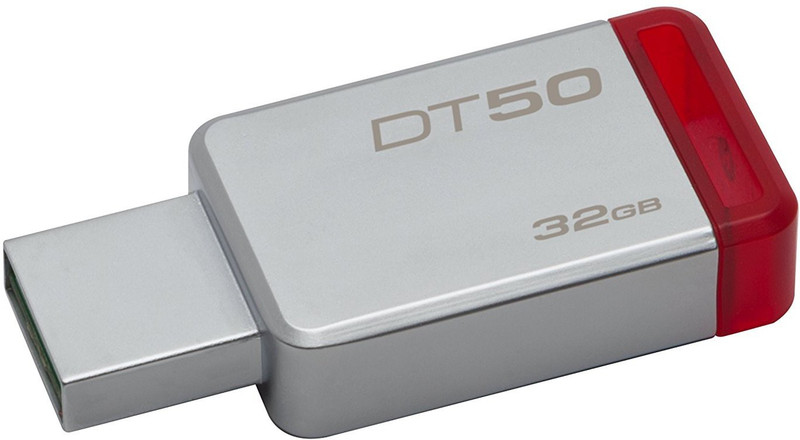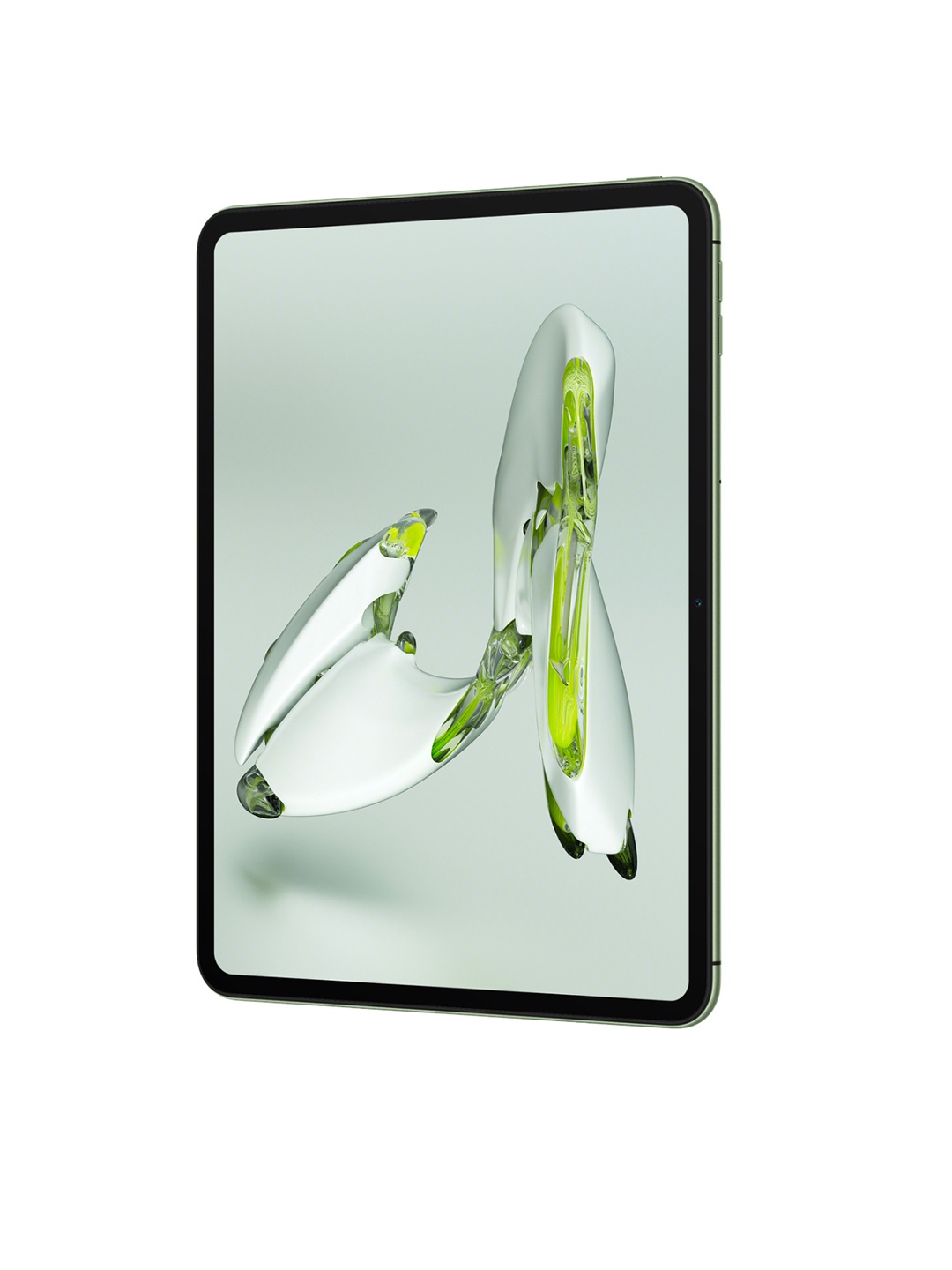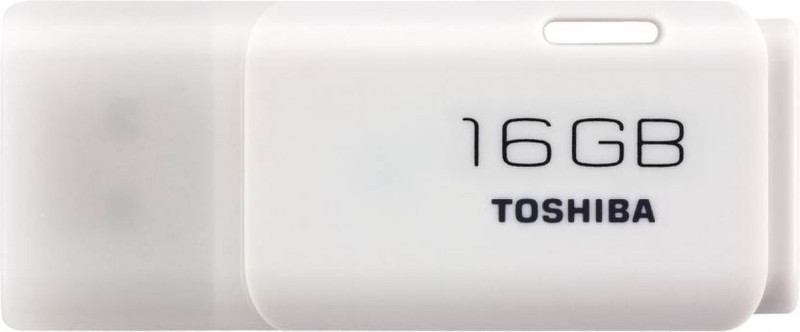Ever Wondered Why Wine Glasses Have Different Shapes? Here Is The Answer

The design of a wine glass is not just about aesthetics, it's rooted in science. Whether it's a large-bowled red wine glass or a slender flute for Champagne, every shape is carefully crafted to enhance the drinking experience. So, before you pour your next glass, let's uncork the mystery behind wine glass shapes and discover why they matter more than you might think.
Wine has been enjoyed for thousands of years, but one thing that has evolved alongside it is the way it's served. Walk into any fine dining restaurant, and you'll see an assortment of glasses, each designed for a specific type of wine. Why so many different shapes? Wouldn't a simple tumbler do the job?
Surprisingly, the answer is no. The design of a wine glass influences everything from aroma concentration to temperature control. Even the way the wine touches different parts of your tongue is affected by the glass. While it might seem like a detail reserved for sommeliers and wine connoisseurs, anyone can appreciate the difference the right glass makes. So, let's explore the world of wine glasses and why their shape plays a crucial role in the overall tasting experience.
1. The Science Behind The Shape
It may seem like wine glasses are shaped the way they are simply for tradition or elegance, but there's a lot of science behind the design. Each glass is specifically crafted to enhance the characteristics of the wine it holds.
Aromas Matter
Wine releases aromatic compounds that influence its taste. A glass with a wider bowl allows more oxygen to mix with the wine, helping those aromas develop fully. This is particularly important for red wines, which often need aeration to soften tannins and bring out hidden flavour notes.
Conversely, a narrow glass concentrates aromas towards the nose, intensifying the scent and making the drinking experience more immersive. This is why a Champagne flute, for example, has a tall and slender shape, to preserve carbonation while focusing delicate floral and citrus notes.
How The Wine Hits Your Palate
A wine glass can also control how the liquid flows onto your tongue. A wider opening allows for a smoother, more even distribution of wine, while a narrow rim directs it in a more focused stream. This subtle difference can impact the balance of acidity, fruitiness, and tannins you perceive with each sip.
By considering the interaction between wine, air, and taste buds, glassmakers have created designs that ensure every drop of wine reaches its full potential.
2. Red Wine Glasses: Bigger And Bolder
Red wine, especially full-bodied ones, require larger, rounder glasses to bring out their best qualities. But why?
Oxygen is a Friend to Red Wine
Red wines tend to have higher tannins, those natural compounds that give the wine its structure and sometimes cause that drying sensation in your mouth. Allowing oxygen to mix with the wine softens these tannins, making the wine smoother and more enjoyable.
A large-bowled glass provides the necessary surface area for aeration. The swirling motion (a common sight among wine lovers) also helps release aromas, intensifying the wine's bouquet.
The Perfect Fit For Different Red Wines
Bordeaux glass: Ideal for structured reds like Cabernet Sauvignon and Merlot, this tall glass directs the wine to the back of the mouth, balancing bold tannins.
Burgundy glass: Best for delicate reds like Pinot Noir, its wide bowl allows for full aromatic development while guiding the wine to the tip of the tongue, highlighting its fruitier notes.
If you're drinking a powerful red, give it space to breathe. A bigger glass makes all the difference.
3. White Wine Glasses: Crisp And Cool
White wines, unlike reds, are best enjoyed at cooler temperatures and don't require as much aeration. Their glasses are designed accordingly.
Preserving Freshness
A smaller bowl helps maintain the crisp acidity and bright fruitiness that define most white wines. Since oxygen exposure can quickly diminish their delicate aromas, a narrower opening helps keep these scents concentrated, ensuring every sip is as refreshing as the first.
Variety-Specific Designs
- Sauvignon Blanc glass: Tall and slender, this glass enhances the zesty citrus and herbal notes of wines like Sauvignon Blanc and Riesling.
- Chardonnay glass: Slightly wider than other white wine glasses, this shape is better suited for oaked varieties, allowing subtle vanilla and buttery aromas to develop.
Drinking white wine from a smaller, more refined glass ensures that its crisp and floral qualities remain intact.
4. Sparkling Wine Glasses: Keeping The Bubbles Alive
There's nothing quite like the effervescence of Champagne, Prosecco, or Cava. But those bubbles don't last forever, which is why the right glass is essential.
Why Flutes Work Best
A flute is designed to minimise oxygen exposure, preserving the wine's carbonation. The narrow bowl reduces the surface area, slowing the dissipation of bubbles and keeping the wine lively.
The Alternative: Tulip Glasses
Some experts argue that a tulip-shaped glass is even better. It allows for a bit more aeration than a flute, bringing out complex aromas while still maintaining the fizz. Whichever you prefer, a well-chosen glass ensures that every sip of sparkling wine remains celebratory.
5. Dessert Wine Glasses: Sweet And Small
Dessert wines are rich, sweet, and often higher in alcohol, which is why they are served in smaller glasses.
A smaller bowl prevents over-aeration, keeping intense flavours concentrated. The narrow opening also directs the wine to the back of the palate, preventing overwhelming sweetness and ensuring a balanced finish.
Whether it's a fortified Port or a luscious Sauternes, the right glass ensures that every sip is savoured.
6. The Role Of The Stem (Or Lack Of One)
The stem of a wine glass isn't just there for decoration. Holding the glass by the stem prevents body heat from warming the wine, keeping it at an optimal temperature.
However, stemless glasses have become increasingly popular for their casual, modern aesthetic. While they work well for reds, they can be problematic for chilled wines, as the warmth from your hand affects the temperature.
If you're serious about preserving the integrity of your wine, a stemmed glass remains the better option.
7. The Influence Of Glass Thickness And Rim Shape
The finer details of a glass, such as rim thickness, might not seem important, but they can make a noticeable difference.
A thin, delicate rim allows for a smoother drinking experience, letting the wine flow effortlessly onto the palate. Thick, clunky rims, on the other hand, can interfere with this process, making the drinking experience feel less refined.
Even a slight outward curve on the rim can influence how wine is directed onto the tongue, subtly affecting taste perception.
8. Does The Glass Really Make A Difference?
Some may argue that any glass will do as long as the wine is good. While that's partly true, studies have shown that glass shape genuinely influences how we perceive wine.
A team of Japanese researchers used imaging technology to observe how wine vapours behaved in different glasses. The results confirmed that the right glass enhances aroma concentration, which in turn affects taste perception.
While you don't need a separate glass for every single wine variety, investing in a few well-designed glasses can significantly enhance the drinking experience.
Explore Products Related To This Article
1. Ash & Roh Wine Glass - Ideal for White or Red Wine Party Glass
2. GOCART WITH G LOGO Crystal Clear Bordeaux Stem Wine Glass
3. Pasabahce Allegra Red Wine Glass -Set of 2
4. ROSEFINCH Crystal Wine Glasses, Champagne Red Wine Glass
5. BINZO Glass Champagne Flutes, 190 ml, Pack of 6
6. TIENER Elegant and Stylish Vintage Design Wine Glass
7. SYANKA Italian Premium Champagne Flutes Glasses Set of 4
8. Nestasia Vintage Engraved Wine Glass Set of 6
Who knew that something as simple as a wine glass could make such a difference? From reds that need space to breathe to flutes that keep the fizz alive, each glass shape plays a unique role in maximising flavour and aroma. So next time you pour yourself a glass of wine, take a moment to appreciate the shape of the vessel in your hand. It's not just about style, it's about bringing out the very best in every sip.
Disclaimer: The images used in this article are for illustration purpose only. They may not be an exact representation of the products, categories and brands listed in this article.





























